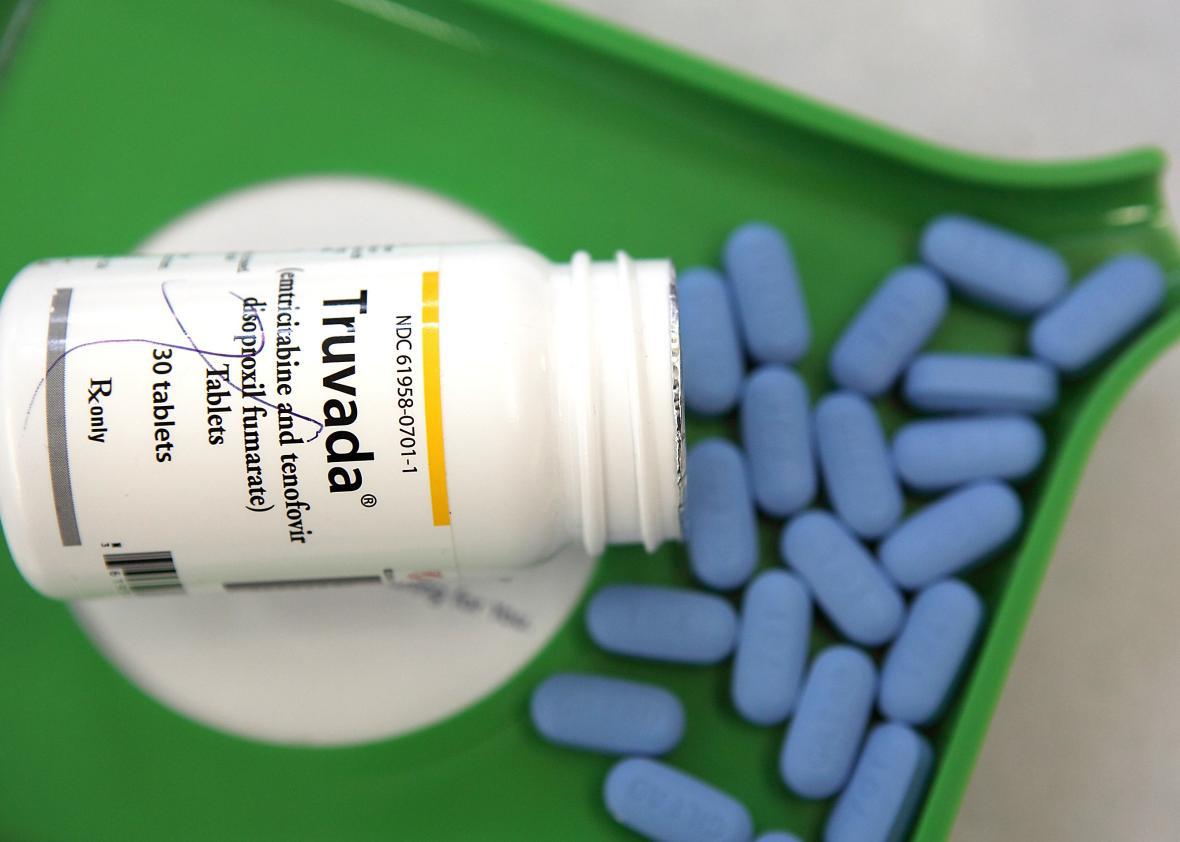It’s been two years since Truvada, a drug that prevents HIV infection, got an enthusiastic seal of approval from the Centers for Disease Control and Prevention and the World Health Organization. Those two public-health juggernauts primarily recommended the daily pill, also known as pre-exposure prophylaxis or PrEP, for intravenous drug users and men who have sex with men.
But in Washington, D.C., black heterosexual women represent the second-highest demographic of new HIV infections, after black men who have sex with men. One in every five HIV diagnoses comes from a black woman in D.C., a city that’s been battling the country’s highest HIV rate for many years.
To help connect one of the best HIV-prevention methods with a severely underserved demographic, MAC AIDS Fund has announced a two-year, $1 million commitment to educate D.C. African-American women about PrEP and promote its use by getting more health-care providers, including public clinics, to prescribe it. “I think very early on in the gay male community, PrEP was sensationalized as a party drug,” Nancy Mahon, MAC AIDS Fund’s global executive director, told me in a phone conversation. “The reality is it’s a lifesaving drug. [But] it is generally inaccessible to folks who don’t have private doctors.” Some health organizations focused on the needs of black women have made efforts to raise awareness about the drug, but this will be the first program in a major city designed to get black women, as opposed to gay men, on PrEP.
The investment is part of D.C. Mayor Muriel Bowser’s tongue-twister of a new HIV-prevention plan, “90/90/90/50 by 2020,” which she first announced last summer. The plan seeks to ensure that 90 percent of D.C. residents with HIV know their status; 90 percent will be in treatment, 90 percent will reduce their viral loads to undetectability, and that D.C.’s new infection rate will drop by 50 percent.
In 2009, D.C. declared an HIV epidemic that rivaled those in many African nations, with around 3 percent of the city’s residents living with HIV. In some areas and age groups, it was closer to 5 percent. Though targeted prevention efforts have cut D.C.’s new-diagnosis rate by almost 60 percent since then, the city still has an HIV rate nearly twice as high as the state with the next highest rate, Louisiana, and nearly 4 percent of black residents are infected. In D.C. and across the country, HIV is a racialized epidemic among women: As of 2012, 92 percent of D.C. women living with HIV were black.
PrEP can be a valuable resource for women who can’t or don’t want to negotiate condom use with their male partners; it’s the only woman-controlled HIV-prevention method besides the female condom. But without the buy-in of health-care providers, some of whom still associate HIV primarily with gay men or who moralize against people who contract it, many communities of black women won’t get access to the education and protection they need. “[Stigma] has undercut the value of every donor dollar that we’ve put out there.” Mahon said. “The biomedical advances [in terms of PrEP] have moved much more quickly than our ability to address the underlying inequities. We don’t want to have the unavailability of PrEP perpetuate those inequities.”
